Ana Mendieta
“Silueta” Series
Iowa, NE | Oaxaca, Mexico | 1973-1985
“My art is the way I re-establish the bonds that unite me to the universe. It is a return to the maternal source. Through my earth/body sculptures, I become one with the earth.” – Ana Mendieta, 1981.
This FSA feature highlights Cuban-American artist Ana Mendieta’s Silueta sculpture-performance series (1973 -1985). Raised Roman Catholic in Cuba, Ana Mendieta (1948-1985) grew up under the influence of multiple religious and cultural influences, learning about Santería from her nanny. Santería is a panthisitic Afro-Caribbean folk religion that evolved from overlapping practices between West African Yoruba religion and Roman Catholicism. It is about facilitating relationships between human beings and the Orishas, the guardians that provide aid and direction for a person’s life. Yoruba religion believes in a kind of destiny or fate, originating from mythology. It is not a text based religion, but one of oral tradition and rituals narrated by one’s ancestors. This belief in West African deities synchrestistically assimilated with the practice of praying to saints in the catholic tradition particularly as slaves sought to maintain their heritage and practice it safely under the guise of Christianity. The ceremonial and ritualistic traditions, with shrines and altars, water baptism and consumption of animal blood are indeed analogous to Christian practices. That said, Mendieta intentionally and self-consciously studied these practices as an adult to inform her hybrid sense of identity.

